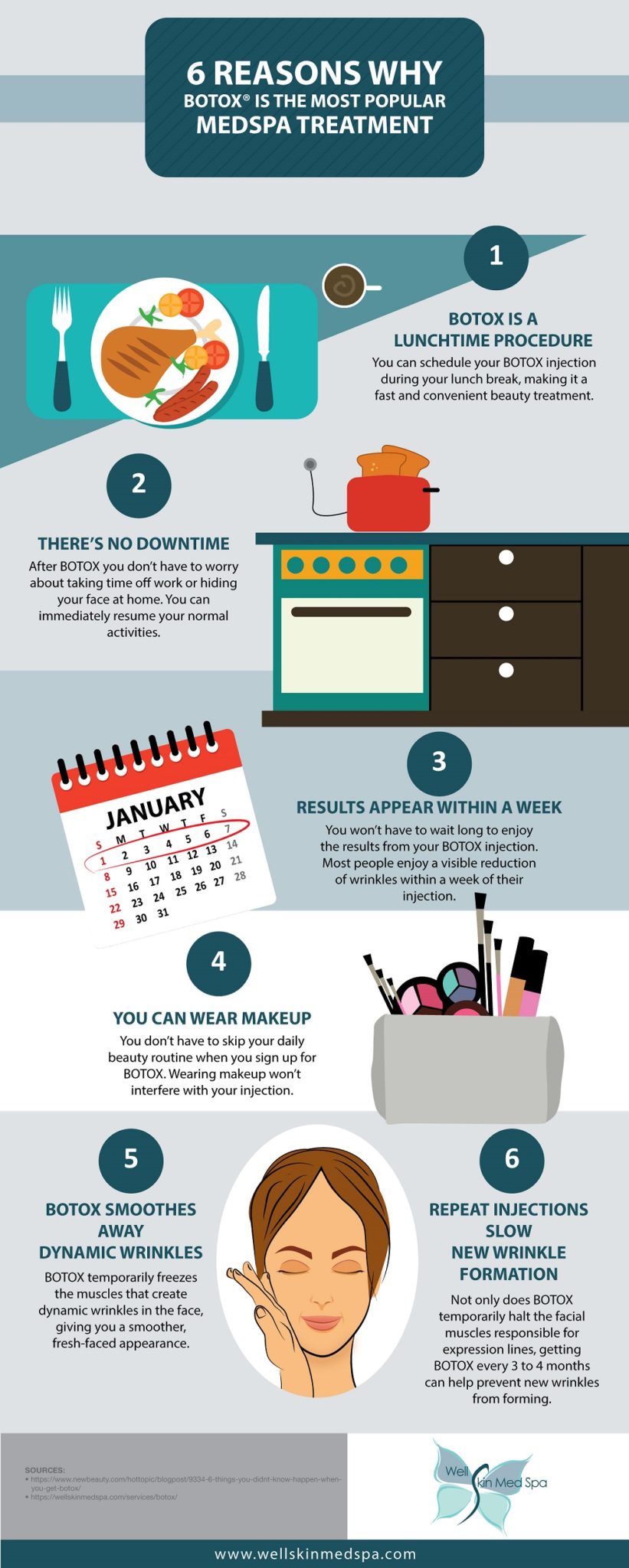Symptoms Suggesting Your Youngster May Required An Eye Doctor: Parental Guidance From Professionals

Content Written By-Borup Miles
As a moms and dad, you play an important duty in your kid's health and wellness, specifically when it pertains to their vision. You may discover certain behaviors that might signify a requirement for an eye test. Squinting, regular eye rubbing, or complaints of headaches can be greater than simply minor annoyances. Comprehending these indicators is necessary for your kid's advancement. So, what should you look for next? Let's discover the typical symptoms that might suggest a vision trouble.
Common Signs And Symptoms of Vision Problems in Children
When you see your kid battling with daily activities, maybe an indicator of vision issues.
Look for signs and symptoms like squinting, scrubing their eyes often, or turning their head to see much better. If they've difficulty reading or seem to shed their location often, that's an additional sign.
Pediatric Eye Health Awareness Programs may likewise see them complaining about migraines or experiencing eye pressure after prolonged durations of analysis or utilizing displays.
Furthermore, if your kid avoids activities that need good vision, like sports or drawing, it's worth taking note of.
Look for any uncommon actions, as these indications can point to underlying vision problems that need expert evaluation.
Early detection can make a huge difference in their aesthetic growth.
Age-Specific Vision Milestones to Screen
Every parent must watch on their youngster's vision growth as they grow.
At around 6 months, your baby should begin tracking relocating things. By age 1, they ought to have the ability to focus on and recognize acquainted faces.
Between 2 and 3 years, try to find improvements in hand-eye sychronisation, like stacking blocks or throwing a ball.
By age 4, youngsters need to have the ability to identify forms and colors, and they may begin to identify letters.
If your kid fights with these milestones, it's important to keep in mind. Monitoring their progression assists you capture prospective problems early, guaranteeing they get the vision treatment they require for a brilliant future.
Remain proactive regarding their vision health!
When to Arrange an Eye Test for Your Youngster
Monitoring your child's vision development is essential, however understanding when to schedule an eye test is equally as crucial. The American Academy of Ophthalmology recommends your kid have their first eye exam at 6 months old.
Afterwards, schedule follow-ups at age three and again before they start institution. If your kid reveals indications of vision issues-- like scrunching up your eyes, problem reading, or headaches-- don't await the following arranged appointment.
Additionally, if there's a family history of eye troubles, proactive examinations are essential. Watch on any type of changes in their vision or behavior, and trust fund your instincts.
Normal exams can aid capture possible issues early, ensuring your youngster has the best opportunity for healthy vision.
Final thought
In conclusion, remaining sharp to your youngster's visual practices is crucial for their eye health. If you observe any signs like squinting, eye rubbing, or problem with reading, do not hesitate to set up an eye test. Bear in mind, very early detection can make a substantial difference in their aesthetic development. Trust fund your reactions as a parent, and ensure your child obtains the treatment they need to thrive. Routine examinations can assist keep their eyes healthy for many years ahead.

